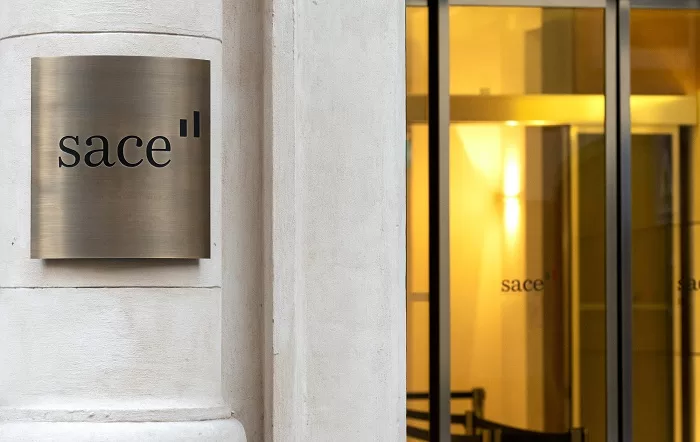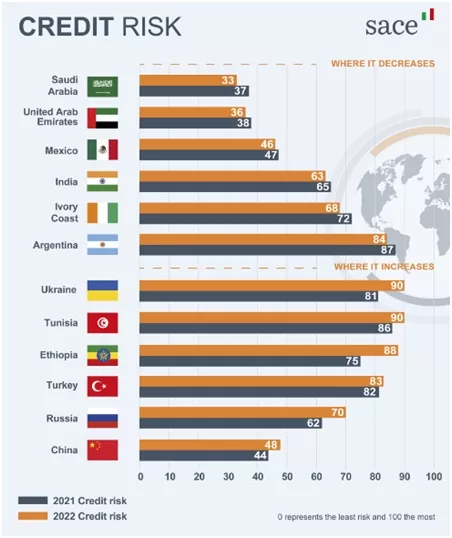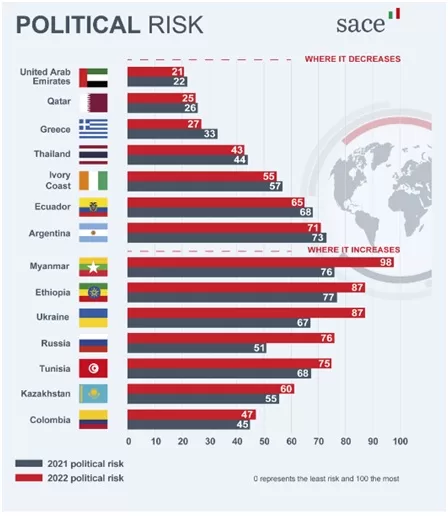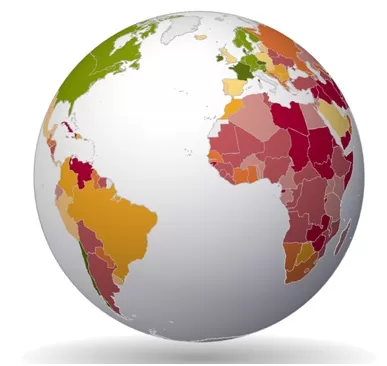Finance
Risk Map: A Compass For Companies Wishing To Export

SACE has presented the sixteenth edition of the Risk Map, an interactive world map that lets you take stock of the world’s state of health, offering a wider vision of the risks seen from a particular perspective: export.
For more than forty years, the mission of SACE has, in fact, been to support export through a family of increasingly integrated and digitalised insurance and financial products, which accompany firms along the whole internationalization process. In part, this mission is fulfilled using key tools like the Risk Map, whose presentation has always been a highly anticipated occasion for companies, both for its function as a compass for export opportunities and risks and for its identification of key global trends like, for example, digitalisation and sustainability.
With precisely this purpose in mind, the SACE Research Department annually publishes Focus On, which describes, in detail, the macroeconomic context and delineates the risk profiles for companies that export and operate in 194 foreign markets.
By “credit risk” we mean the possibility that the foreign counterparty (sovereign, banking, or corporate) is not able or not willing to honour its obligations deriving from a commercial or financial contract. Each country is attributed a mark from 0 to 100 (where 0 represents the least risk and 100 the most); this is obtained as a simple average of the three credit risks by type of counterparty mentioned above.

Political risk, on the other hand, ranges within the same interval as the first (from 0 to 100) and is distinguished by kind: i) risk of war and civil disorder (or political violence); ii) expropriation and contractual breaches; iii) restrictions on currency transfer and conversion.

Using SACE’s interactive global map, companies can navigate and obtain assessments on the different types of risk it could be exposed to while operating overseas. The map comprises a system of 6 ratings, calculated on a scale from 0 to 100, where 100 represents the greatest risk.

In addition, the Risk Map makes use of an updated set of indicators that assess, together with conventional credit risk and political risk factors, aspects of sustainability, which are now indispensable, e.g. climate change, social well-being, and energy transition.
Finally, to make the Risk Map picture more intuitive, SACE has chosen to use colours with shades of red, yellow, and green.
The new edition of the Risk Map is called (Un)usual Risks for Unusual Times: the World in 2022. Today, more than ever, companies wishing to export need a tool to help them orient themselves in an international context that is increasingly fluid and uncertain.
As Alessandro Terzulli, Chief Economist of SACE, said: “Two years from the beginning of the pandemic, the global macroeconomic context is gradually improving. Despite the recovery dynamics, difference between countries continue to show, which often reflect vaccination campaigns and their effects on economic performance. Overall, growth of the global economy continues and, in parallel, that of international trade. If we haven’t returned to pre-crisis levels for services trade, we expect a growth of 4.8% in 2022 for goods trading. Some critical issues remain on the offer side, in part inherited from 2021, but which are gradually diminishing. In particular, we refer to the difficulties in the global value chains linked to the lack of raw materials and production factors, as well as the distribution bottlenecks. Neither should we forget the effects of the increase in prices for energy products, nor the increase in climate risks.”
The 2022 Risk Map shows how, notwithstanding a general stability of the global credit risk framework, there still has not been the hoped-for turnaround after the marked increases in 2021. In fact, the growth dynamic for global debt in recent years continues to weigh, heightened by the need for spending linked to the epidemic, the sustainability of which may, especially in some emerging countries, be called into question during a reorientation of monetary policies. In particular, under the profile of political risks, we record further worsening with respect to 2021, especially in the decisive factor of political violence in some emerging areas.
Emblematic of this is the escalation of the Russia-Ukraine crisis that has made the international scene even more uncertain. From the economic point of view, in fact, the sanctions imposed on Russia, like the slowdown of the Ukraine and Russian economies as a result of the conflict, will certainly have repercussions for the dynamics of international trade and export in relation to the two countries.
In conclusion, 2022 seems to be a year again characterised by significant risks, as much credit ones as political ones. The internationalization strategy for companies must take into account, then, the critical issues under the multi-dimensional risk profile, but also of opportunities offered by the energy transition.




















































